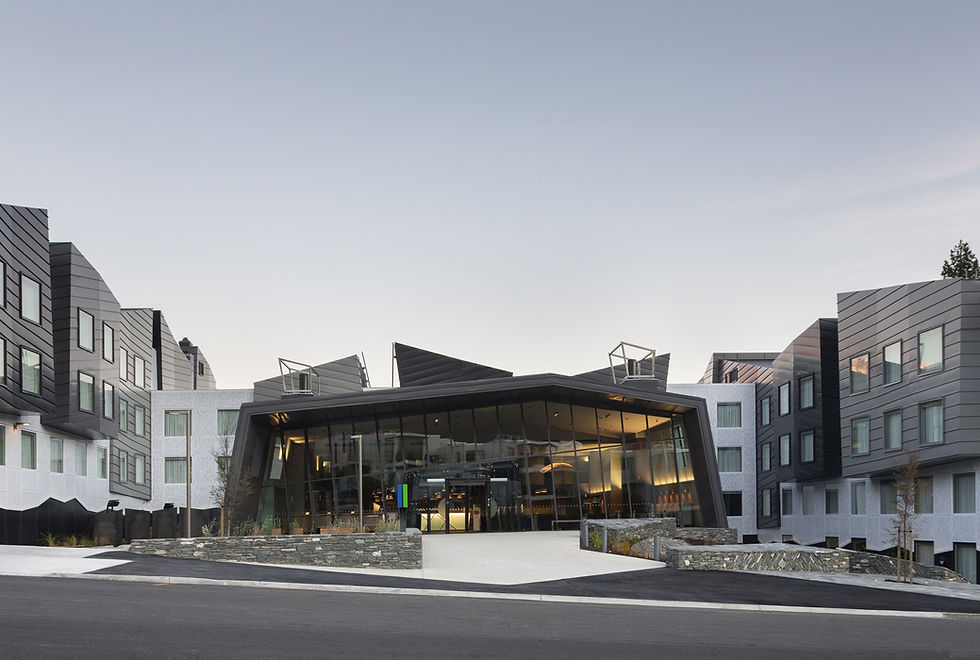Waterproofing for Future: Durable Tanking Systems for Coastal and Low-Lying Areas in New Zealand
- Nuralite Waterproofing

- Mar 3
- 2 min read
Updated: Aug 26

When specifying a tanking system, it’s essential to choose one that is suitable for current ground conditions and can continue to provide protection throughout the building’s life, even if ground conditions change.
Both brownfield and greenfield projects must consider potential future shifts in soil and groundwater. While brownfield sites may uncover contaminants, all builds need a system that remains reliable over decades. Testing soils today does not guarantee long-term membrane performance.
Climate Change and Rising Sea Levels
Climate change poses a significant risk to low-lying areas. Rising sea levels can displace freshwater with saline water, increasing the risk of seawater inundation. Historical sea level rise of around 20cm over the 20th century, combined with storm-tide events, caused coastal flooding in areas such as Auckland in 2011 and 2014. Future rises in sea level are expected to exceed the global average by 5-10%, making waterproofing for future a vital consideration in vulnerable regions.
Ground Movement Risks
Ground movement is another key concern in New Zealand, caused by:
Nearby construction
Natural tremors
Earthquakes (over 15,000 annually)
Membranes relying on mechanical bonding or compaction may fail under such conditions. Fully bonded membranes that form a homogenous seal to the substrate provide superior protection, ensuring waterproofing for future even when the ground shifts.
Chemical Resistance of Nuralite Waterproofing Membranes
Highly resistant to typical groundwater conditions (alkaline to acidic)
Unaffected by saltwater exposure
Preprufe Pre-Applied Waterproofing Membranes
Preprufe 300R Plus and Preprufe 160R Plus are pre-applied composite waterproofing membranes, comprising:
A thick HDPE film
Pressure-sensitive adhesive
Weather-resistant protective coating
These membranes form an integral bond to poured concrete, offering:
Protection against water ingress and lateral migration
Maintained waterproofing integrity despite ground movement
Long-term durability




